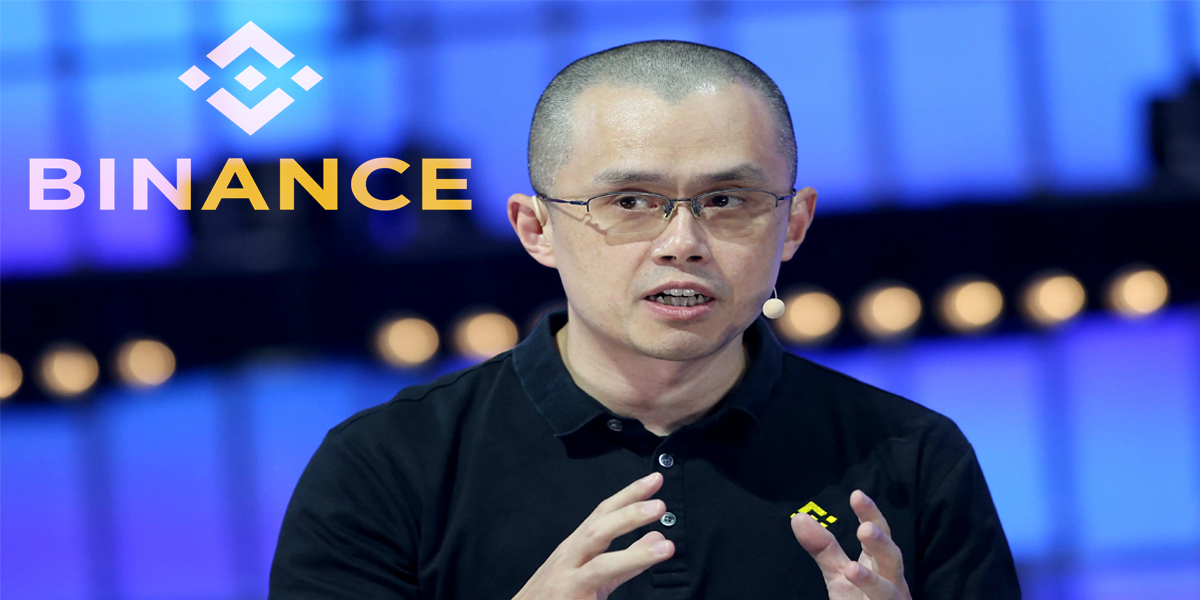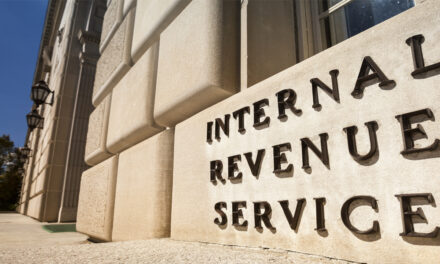In a bid to keep the cryptocurrency afloat in the aftermath of FTX’s fall from grace, crypto exchange Binance recently deployed a $1 billion industry recovery fund and has also given the assurance that its contribution can go as high as $2 billion if necessary.
On Thursday, November 24th, a post on the exchange’s official blog presented additional details regarding the fund which was established to support industry players who were severely hit when FTX filed for bankruptcy.
Aside from Binance’s own contribution, the fund has also received approximately $50 million in commitments from several crypto-centric investors, including Animoca Brands, Jump Crypto, and Polygon Ventures.
At present, over 150 firms have already signed up as contributors to the Binance fund.
A Transparent Commitment
For his part, Binance CEO Changpeng Zhao has committed to transparency with regard to the establishment and management of the fund, going so far as to sharing its public wallet address. Indeed, a number of media outlets have reviewed the relevant blockchain data and noted a balance within the $1 billion range for Binance’s stablecoin BUSD.
Issued by blockchain infrastructure firm Paxos, the BUSD stablecoin has been approved and regulated under the New York State Department of Financial Services.
As a result of this gesture, many market watchers see Zhao as something of a messiah-figure for the cryptocurrency sector, taking the place of FTX founder Sam Bankman-Fried.
Not an Investment Fund
However, Zhao has made it clear that the aforementioned fund is more for support rather than investment.
He explained that it is specifically to help bail out companies and initiatives which, through no fault of their own, are now facing significant financial issues. Zhao added that he and Binance hope to prevent further industry issues arising from the fall of FTX.
In which case, the investment structure for the industry fund will remain flexible. Binance is currently accepting contributions in the form of digital tokens, debt, and even cash as it expects to offer tailored solutions for individual cases.
A Damning Fall From Grace
It could be said, however, that the FTX crash was actually triggered by something that Zhao said regarding the lack of transparency on the part of Bankman-Fried and his associates.
A tweet posted by Zhao raised awareness about a recent CoinDesk report that questioned FTX’s accounting practices – an issue that snowballed with shocking speed. Since then, numerous investors are worried about the repercussions of FTX’s collapse on the wider cryptocurrency sector.
Indeed, during the first court hearing held on Tuesday, November 22nd, a lawyer representing Binance dunned FTX’s executive board by stating Bankman-Fried was running it like his personal fiefdom.














